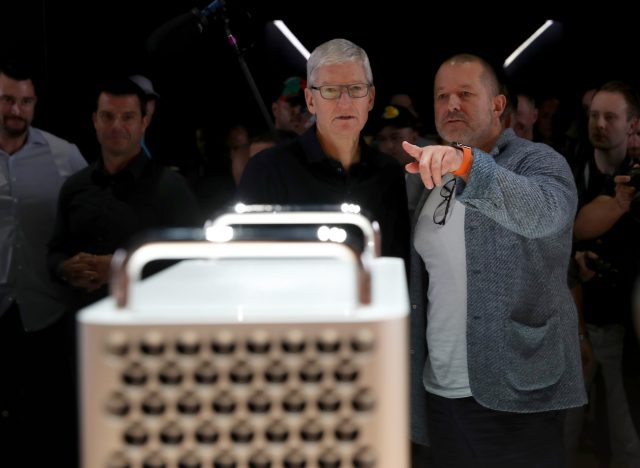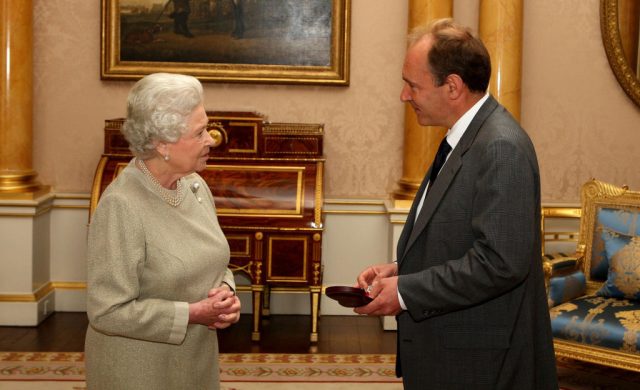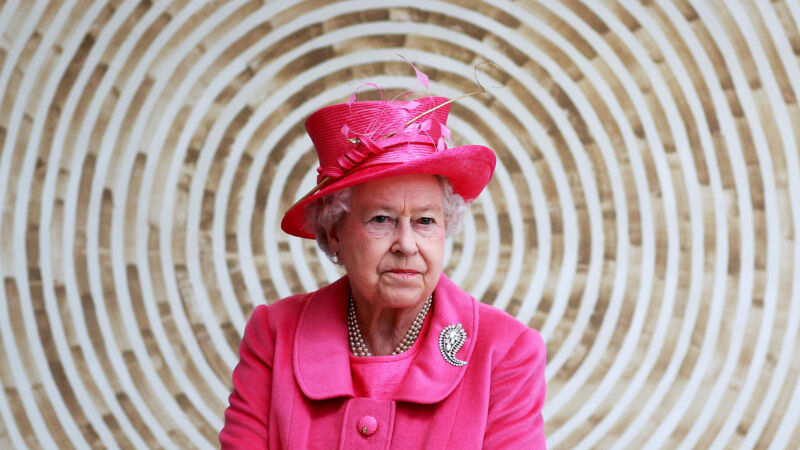The passing of Queen Elizabeth II, the UK's longest-serving monarch, signals the end of an era not just for Great Britain but for the world at large. That includes the global scientific and technological community. Over the course of her long reign, the queen bestowed various honors on several leaders in science and technology—her very own knights of the sci-tech table. We mark her passing with a select list of some of the most prominent scientists and technologists thus honored.
The technologists

Jony Ive has had a massive influence on the design of Apple products, most notably the distinctive looks of the iMac, Power Mac G4 Cube, iPod, iPhone, iPad, and MacBook. You can also blame his obsession with thinness for the problematic butterfly keyboard and the removal of the MagSafe power connector, HDMI port, and SD card readers from the MacBook. Nobody's perfect.
Ive started his career at a London design firm called Tangerine, where he was charged with designing common household products like microwave ovens, toilets, drills, and toothbrushes. But he found the work frustrating, given that clients often didn't share his streamlined modern tastes. After one such client rejected his design for a toilet and bidet, he decided to accept an offer to join Apple, even though it meant moving his family to the US. He had a rocky start and purportedly nearly quit. Steve Jobs convinced him to stay when Jobs returned to the company after his infamous 1985 ouster.
Ive became senior VP of industrial design in 1997, and his first major success was the iMac, introduced in 1998— noteworthy for its eye-catching clear translucent plastic case. That early design success led to many others. He and Jobs shared a similar vision and were so tight that there was a hidden corridor connecting their offices at Apple's Cupertino, California, headquarters. Ive also played a vital role in the design of Apple Park, which was completed in 2017. He left Apple in 2019 to start his own independent firm.
Queen Elizabeth II knighted Ive on New Year's Eve 2011 for "services to design and enterprise," making him Sir Jonathan Ive.

Where would we be today without the visionary work of Tim Berners-Lee? This is the man who invented the World Wide Web while working at CERN in Switzerland in the 1980s. You can also blame him for the initial pair of double slashes in all web links, which he later admitted were "unnecessary." He started out as an independent contractor at CERN in 1980, where he proposed a system to make sharing and updating information easier among the lab's researchers, based on the concept of hypertext. He called his prototype system ENQUIRE.
Berners-Lee spent the next few years working for a computer company in Dorset, England, developing a "real-time remote procedure call." When he returned to CERN as a fellow in 1984, he drew on that experience in computer networking to link various existing individual elements together: hypertext, the Internet, multi-font text objects, and so forth.
"I just had to put them together," he said in 2007. "It was a step of generalizing, going to a higher level of abstraction, thinking about all the documentation systems out there as being possibly part of a larger imaginary documentation system."
He and Robert Cailliau ended up building a system based on the bones of ENQUIRE. Berners-Lee built the first web browser and launched the first website on December 20, 1990, hosted on CERN's server. He ensured that his creation was freely available, eschewing any patents or royalties, so the technology could be used by anyone. He founded the World Wide Web Consortium to create compatible standards and continually improve the quality of the Web.
Berners-Lee was knighted by Queen Elizabeth II in 2004; she also appointed him to the prestigious Order of Merit in 2007.



3175x175(CURRENT).thumb.jpg.b05acc060982b36f5891ba728e6d953c.jpg)

Recommended Comments
There are no comments to display.
Join the conversation
You can post now and register later. If you have an account, sign in now to post with your account.
Note: Your post will require moderator approval before it will be visible.